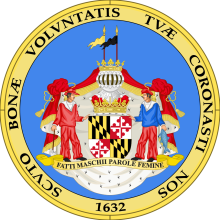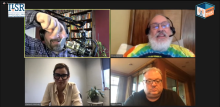Maryland Commits $300 Million to Expand Broadband
With $3.9 billion from the American Rescue Plan Act on its way to Maryland, Gov. Larry Hogan and state legislative leaders have agreed to seize the moment, allocating $300 million of federal COVID-19 relief funds to expand broadband infrastructure and digital inclusion initiatives across the state.
The biggest bulk of the money – $97 million – will go towards funding the building of physical infrastructure with $45 million earmarked specifically for municipal broadband grants.
“The question isn’t how much it’ll cost to bridge the digital divide, the question is how much will it cost if we don’t act right now,” State Senate President Bill Ferguson said at a press conference when the funding was announced.
The bipartisan budget agreement was hailed by Gov. Hogan, a Republican, as an example for the nation demonstrating how “people from different parties can still come together, that we can put the people’s priorities first, and that we can deliver real, bipartisan, common sense solutions to the serious problems that face us.”
One “serious problem” in Maryland, according to a recent Abell Foundation report, is that 23 percent of Maryland households (520,000) do not have a wireline home Internet connection, 40 percent (or 206,000) of which are Black households.
Much of that comes from a lack of affordability and other barriers to adoption. To deal with those challenges, the budget agreement also includes $45 million to subsidize monthly Internet service costs for qualifying families and $30 million to pay for Internet-connected devices for financially eligible households. It also includes an additional $4 million for a new University System of Maryland program to support training and developing curriculum to bridge the digital divide as well as $2 million for digital navigator programs.



